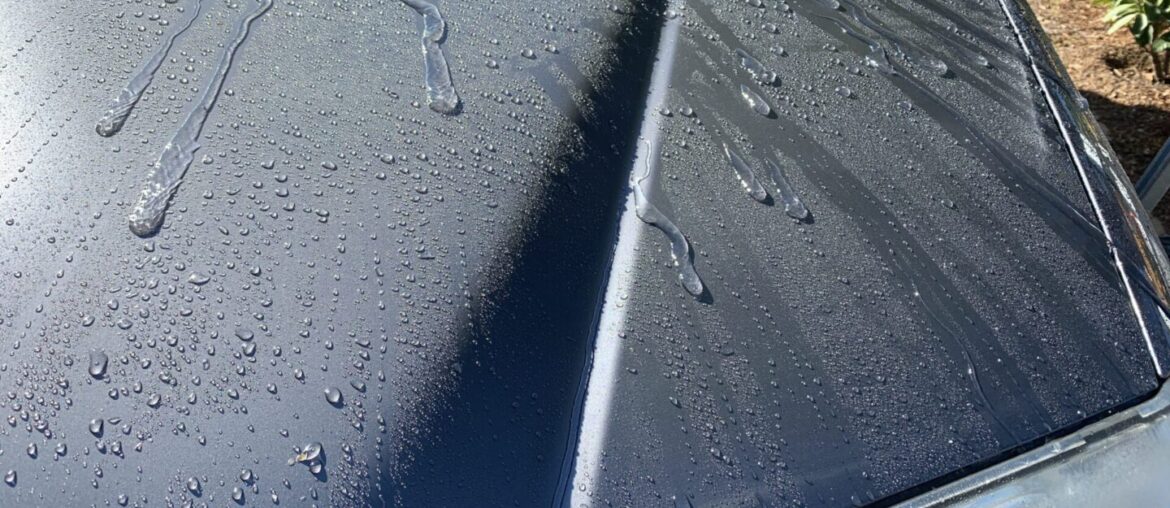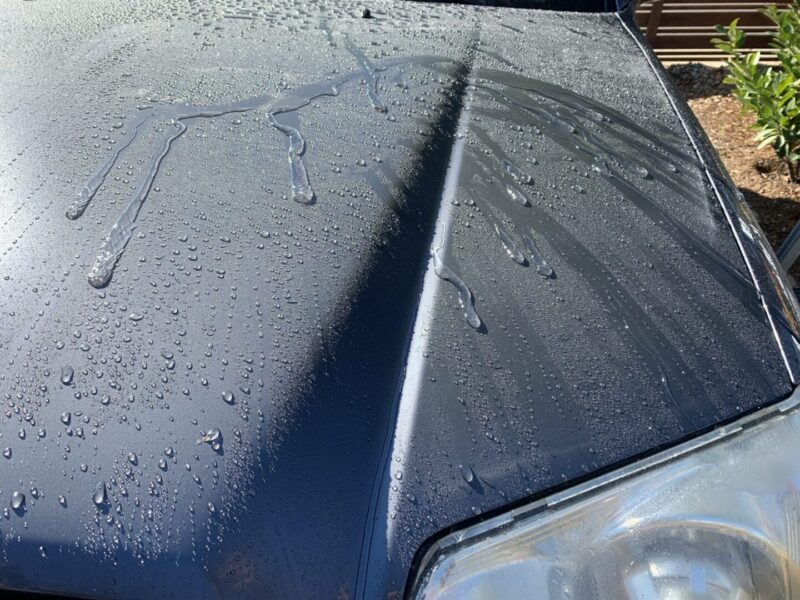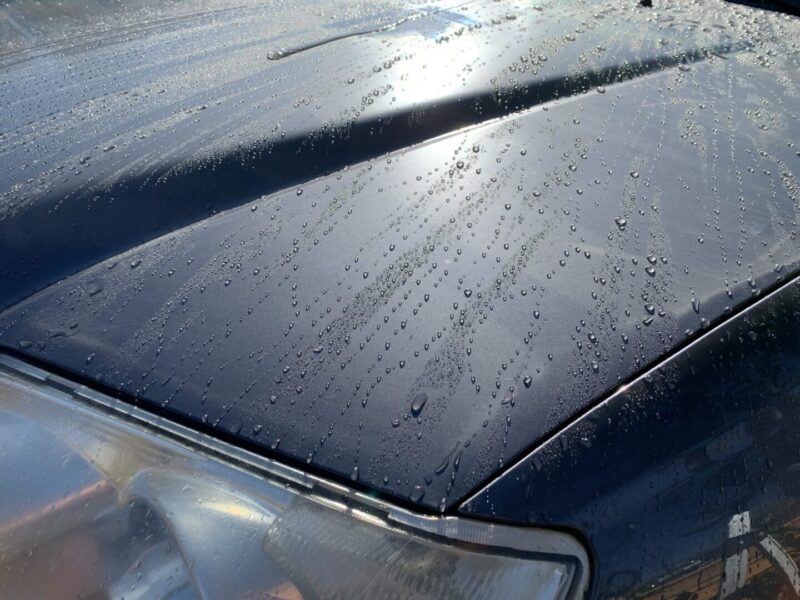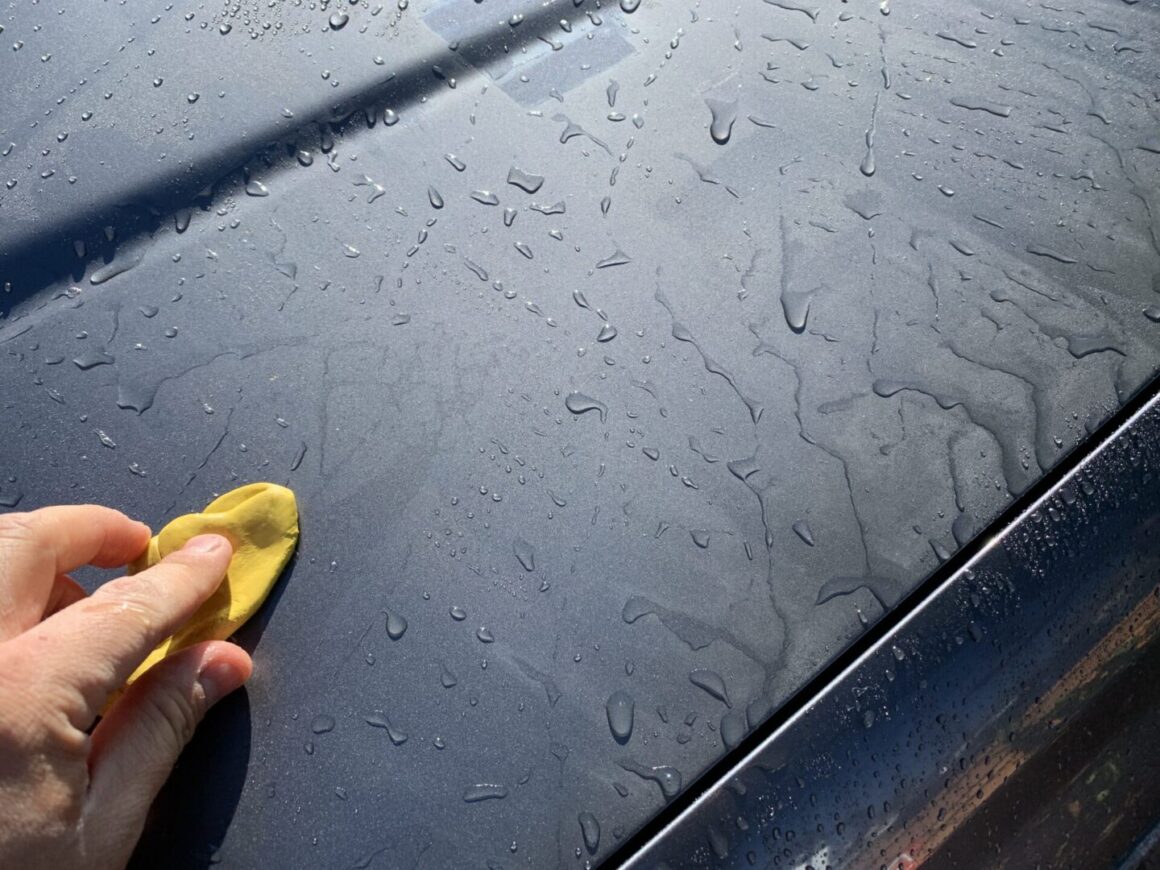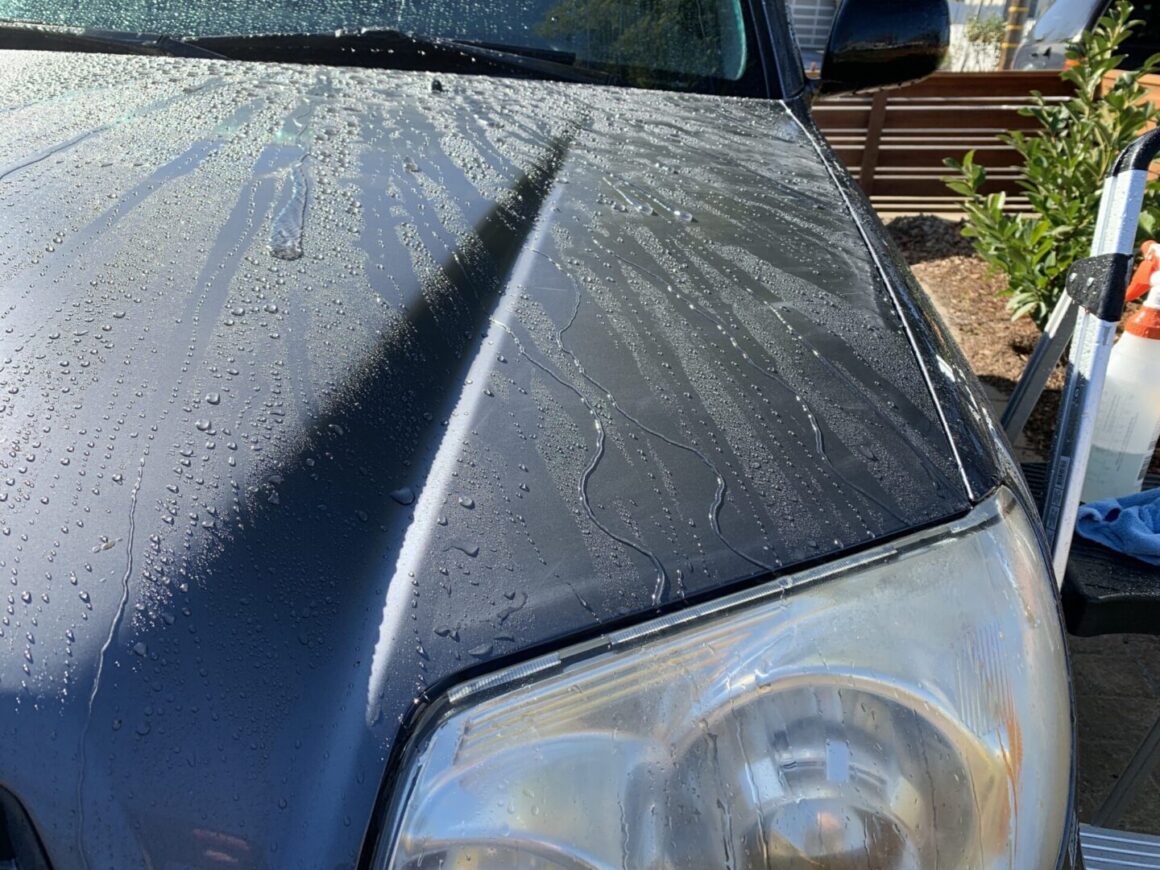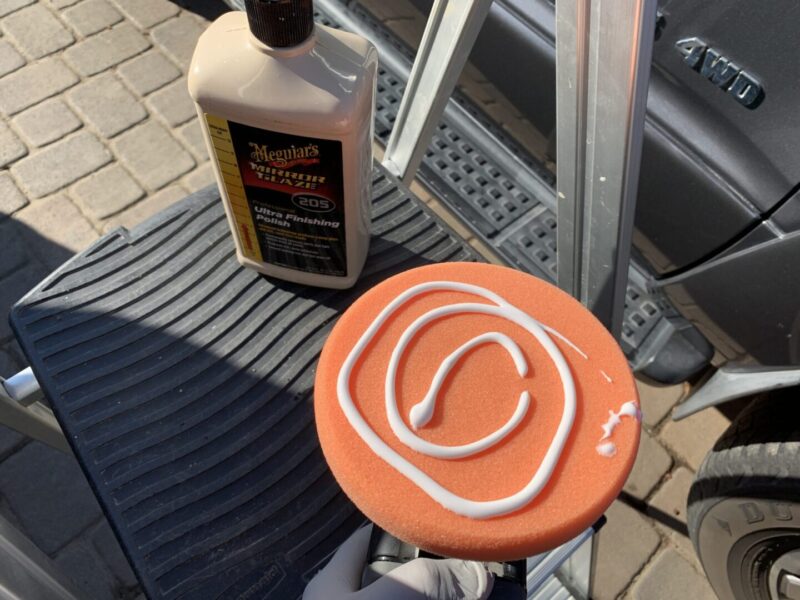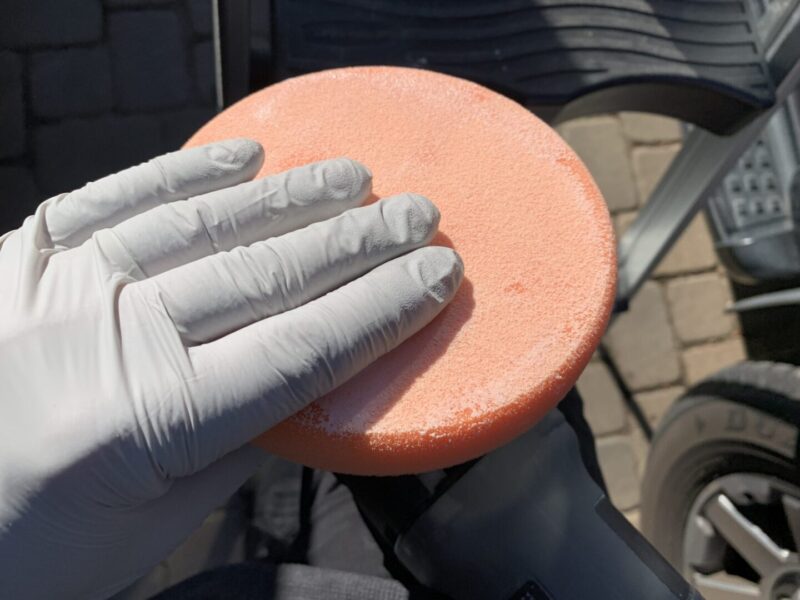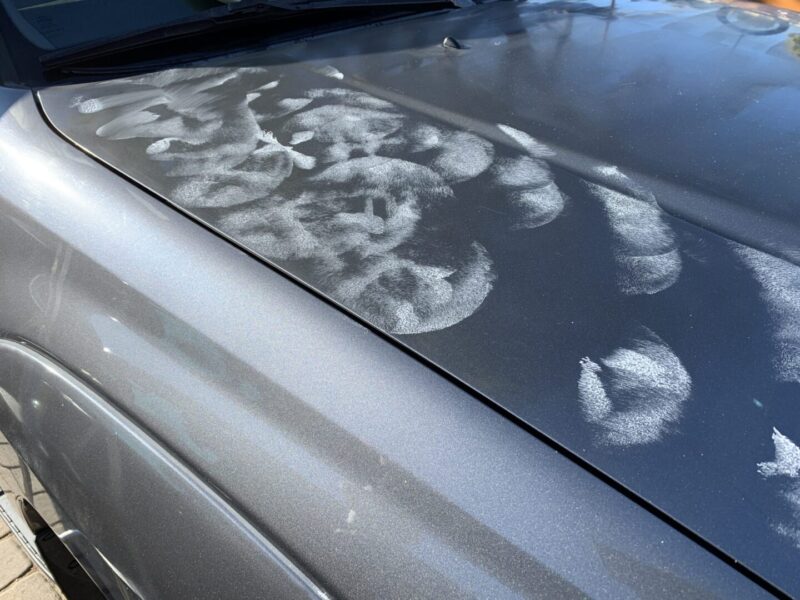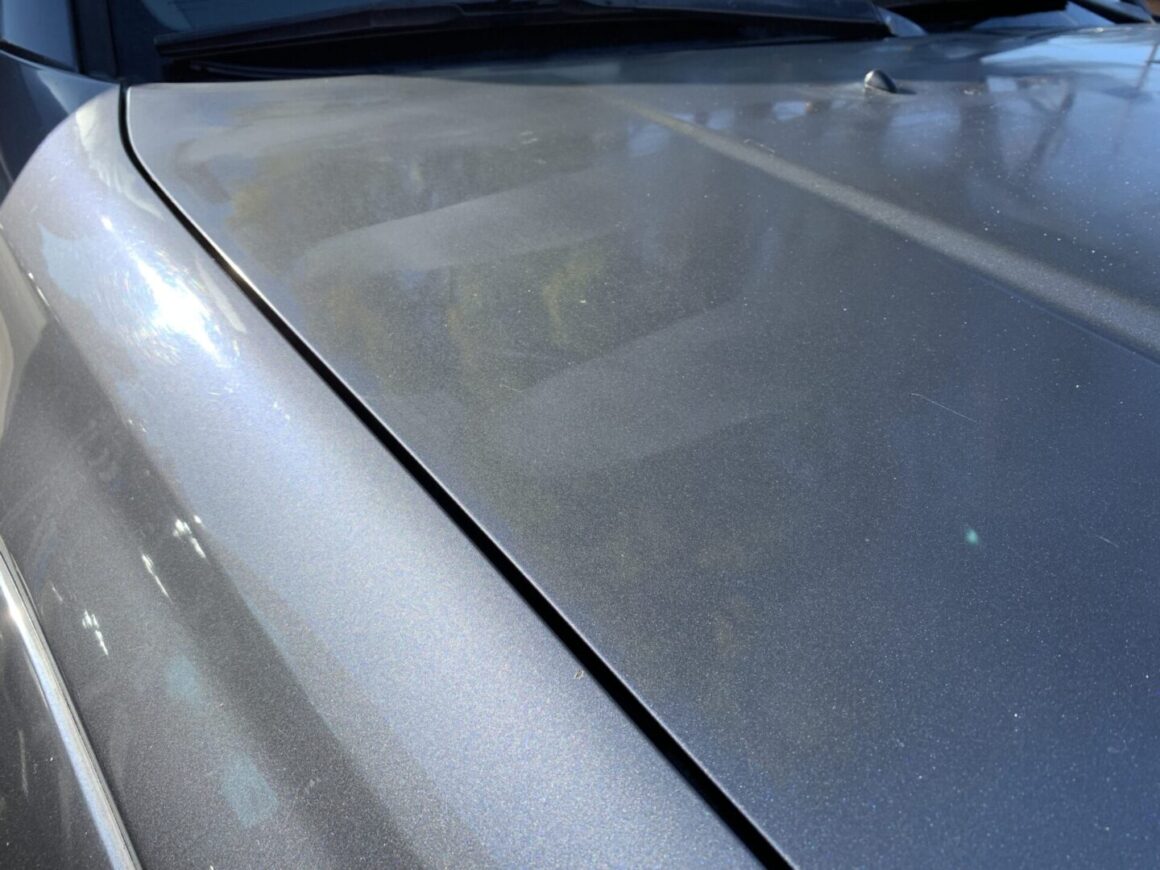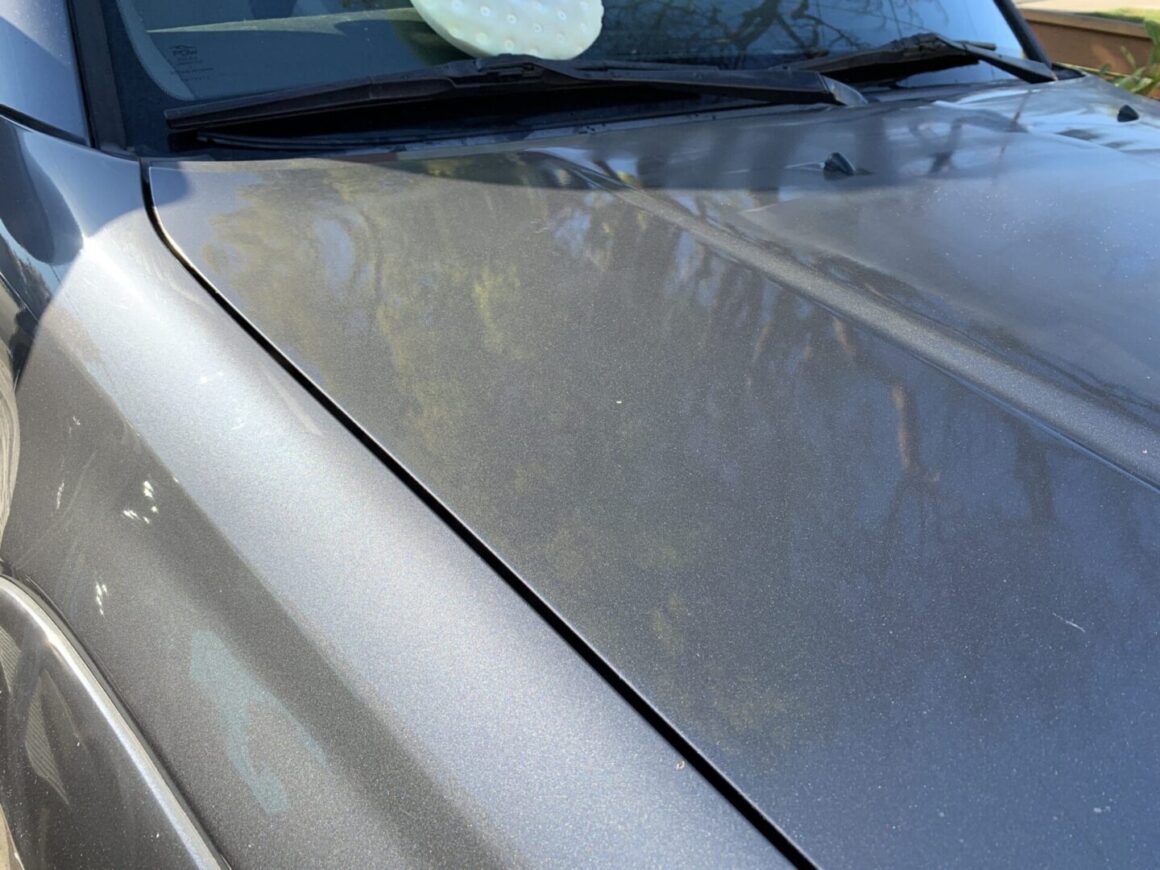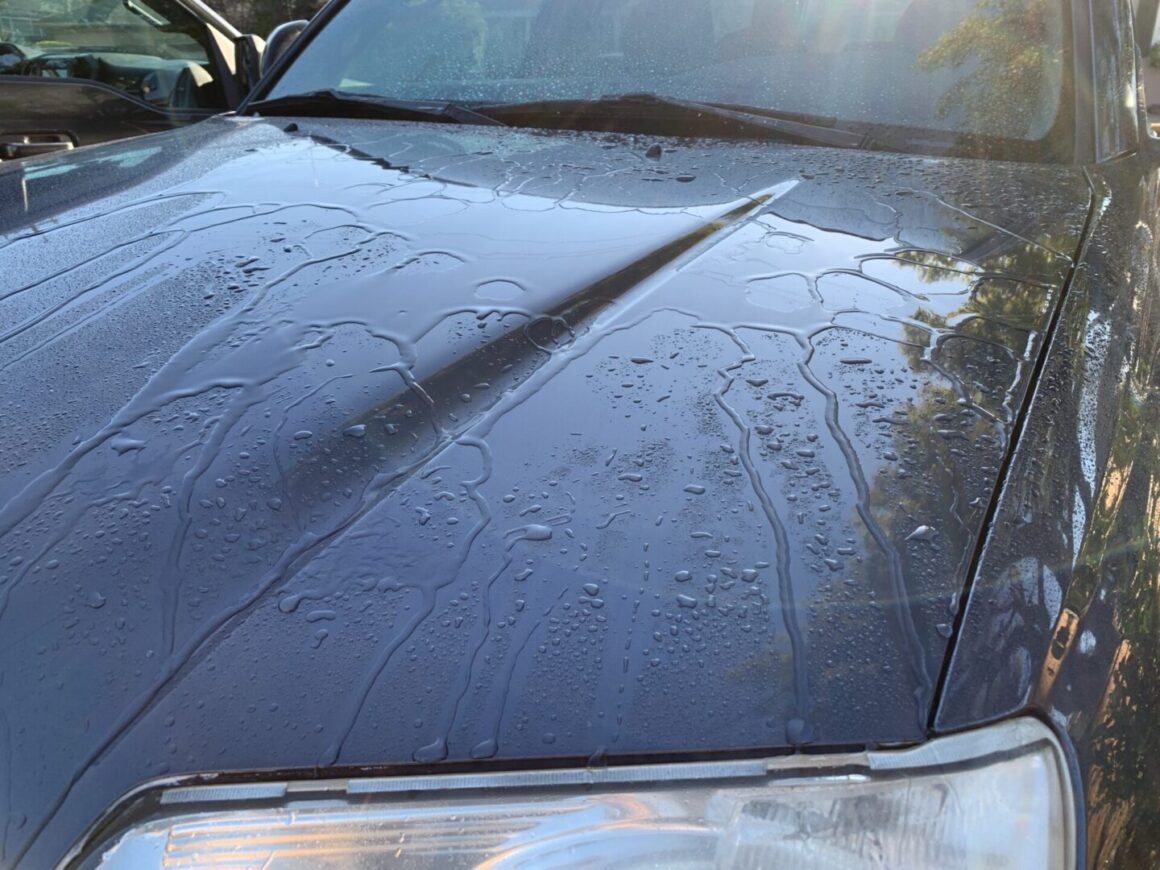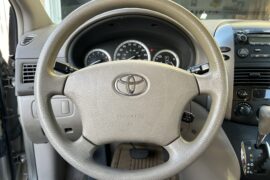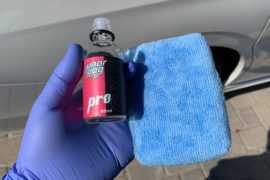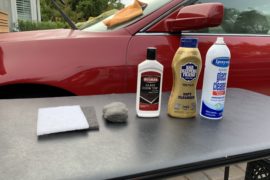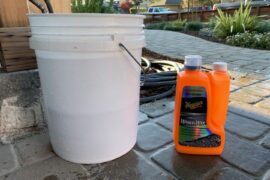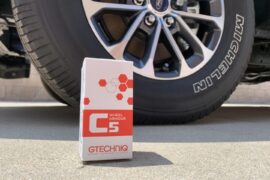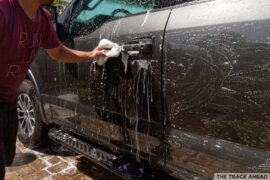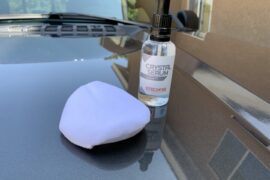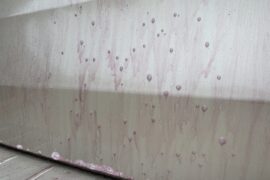When you make purchases through links on this site, The Track Ahead may earn an affiliate commission. Also, these posts are based off my own experiences. I am not responsible for any action you take as a result of reading this. Learn More
Why Remove Ceramic Coating
Ceramic coatings work wonderfully at providing a water-resistant coating that lasts a long time. However, there are times that a ceramic coating must be removed from a car. Usually if a new ceramic coating is to be applied, the old one will need to be removed. Depending on the age of the existing coating and how it was maintained, the amount of effort needed to remove it may vary. Other reasons may warrant the need to remove a ceramic coating such as times where body work was performed or perhaps an improper application of ceramic coating.
Since ceramic coatings provide a semi-permanent physical layer on the car’s paint that protects the vehicle from a host of different contaminants, it is difficult for car wash soaps and cleaners to chemically remove the coating. That is why the general consensus is that physical removal of the coating is necessary in the form of either clay bar or polish in order to remove a ceramic coating.
Tools & Materials
Clay Bar & Lubricant (when ceramic coatings is at end of life)
When ceramic coatings are close to the end of their life, they can be removed from the use of a clay bar. You may either purchase a clay bar kit which tends to come with clay bar and lubricant. However, if you wish to purchase them separately, you can use the clay bar with a lubricant.
Popular Clay Bar Kits: Chemical Guys Clay Bar Kit, Mothers Clay Bar System, Adam’s Clay Bar Combo
Popular Clay Bar: Griot’s Garage, MATCC
Cheaper Clay Bar alternatives: IPELY, TAKAVU, ROKKES, Senrokes
Lubricant: Chemical Guys Luber, Adam’s Detail Spray, Griot’s Garage Speed Shine, ONR (2oz to 1 gallon of water ratio for lubricant)
Polish & Polisher (when ceramic coatings have significant life left)
For newer ceramic coatings or coatings that have significant life left, physical abrasion in the form of a polish used with a polisher will remove the ceramic coating. It is always best to use the least abrasive product that will remove the ceramic coating. If you go too aggressive on the polish, you might have more work ahead of you to remove those fine scratches with finer polish.
Random Orbital Polisher: Porter Cable 7424XP, TORQ TORQX
Polishing Pads: Lake Country CCS 5.5 in (3-White, 3-Orange, 5.5), Lake Country CCS 6.5 in Orange, White, and Black, 3 Pack
Popular polishes: Meguiar’s M205 Ultra Finishing Polish / HD One Compound & Finish Polish
Microfiber Towels
Microfiber towels are used regularly for car detailing; you’ll need several to help wipe your work area after claying and polishing.
Chemical Guys 16″ x 24″ Microfiber Towels (6-Pack)
Zwipes Microfiber Cloths (48-Pack)
AmazonBasics Microfiber Cloths (24-Pack)
How to Remove Ceramic Coating from your Car
Below is an example of how a ceramic coating might look like when it still has a significant lifespan left on it. It easily wicks water off the surface of the car and beads up the water when sitting on the surface of the paint.
If the ceramic coating is close to the end of its life span, you might be able to remove it with a clay bar. However in my opinion, I don’t believe a clay bar is adequate to fully remove consumer grade ceramic coatings (generally having a lifespan of one to two years) unless it is already close to completely degraded. This means if you run water on the surface, there is no beading of water.
If there are any signs that the ceramic coating may still be there, I’d recommend going to a polish as I don’t believe a clay bar will help. Using a polish and a random orbital polisher is considered a very mild and safe so there is very little chance of it damaging your car’s paint.
If you would like more information on how to clay bar, see my guide: How to Clay Bar a Car. When claying the vehicle, keep the surface lubricated and rub the clay over the entire areas to remove the ceramic coating.
After working one section, test if the clay bar was effective in removing the ceramic coating. Run water onto the surface to see if the ceramic coating remains. You’ll know if the ceramic coating is still there if it still easily wicks off the surface of the paint. If the ceramic coating is no longer there, the water will not wick off. It will stick to the surface of the paint without any presence of beading.
In the photo below, I tested the hood of the car again after claying and the ceramic coating was very obviously still there. The water wicked off the paint and left beads of water behind everywhere else.
If you are not sure how much life is left on your ceramic coating, you can start out with a clay bar. If the clay bar is not sufficient at removing the remaining ceramic coating, then its time to move onto using a polish with a random orbital polisher.
Using a polish with a polisher will almost certainly guarantee the removal of your clear coat. In fact, if you are planning to do some heavier cut paint correction, you can even go towards a more aggressive cut with a compound. The compound will make it easier to cut through the ceramic coating, but you might be left with a more imperfect surface that will need further polishing. Starting off with a polish will be less aggressive and will usually take care of the removal alone.
I used a combination of a Porter Cable 7424XP random orbital polisher with Meguiar’s M205 Ultra Finishing Polish. The Lake Country CCD Orange pad I used is a medium cut pad. There is no perfect formula for this, so different products and materials may yield similar results.
After priming the pad (working the polish into the pad with your fingers), spread the product onto the surface and began polishing. You’ll need to work sections slowly and carefully, wiping away the remaining product with a microfiber towel after working each section; then checking to see if you were successful at removing the ceramic coating.
Sometimes, installers might botch a ceramic coating job by improperly installing it. I’ve seen examples of this where the ceramic coating may have been installed unevenly, which leaves high spots in various locations. This leaves a haze that will not disappear unless you remove the coating.
I’ve even seen ceramic coatings that were applied and were never wiped off. I wanted to show how this looks by applying ceramic to one portion of my hood and leaving it, without wiping it off. What is left are uneven layers of ceramic coating and a hideous-looking haze left behind.
After polishing this area of the hood very slowly and applying significant pressure, I was finally able to remove the ceramic coating. It was clear from this exercise that to remove a newly applied ceramic coating, it takes a lot of effort to do. It took me about 10-15 minutes to completely remove the ceramic coating from this section alone.
Finally, I used polisher on the rest of the hood to remove the rest of the ceramic coating. As I mentioned before, mechanically polishing your car will remove virtually all ceramic coating on your car. Although a clay bar may remove most, if not all of your remaining ceramic coating, mechanically removing it with a polisher guarantees a full and proper removal.
Once the ceramic coating is removed and a garden hose is run to test the paint surface, it should be apparent that water no longer wicks off the surface and beads up like it did with a ceramic coating. With all of the ceramic coating removed, you are left with a clean slate to continue with whatever detailing goal you want to accomplish. It is probably best to do a final wash to ensure any products you used are completely washed off.

